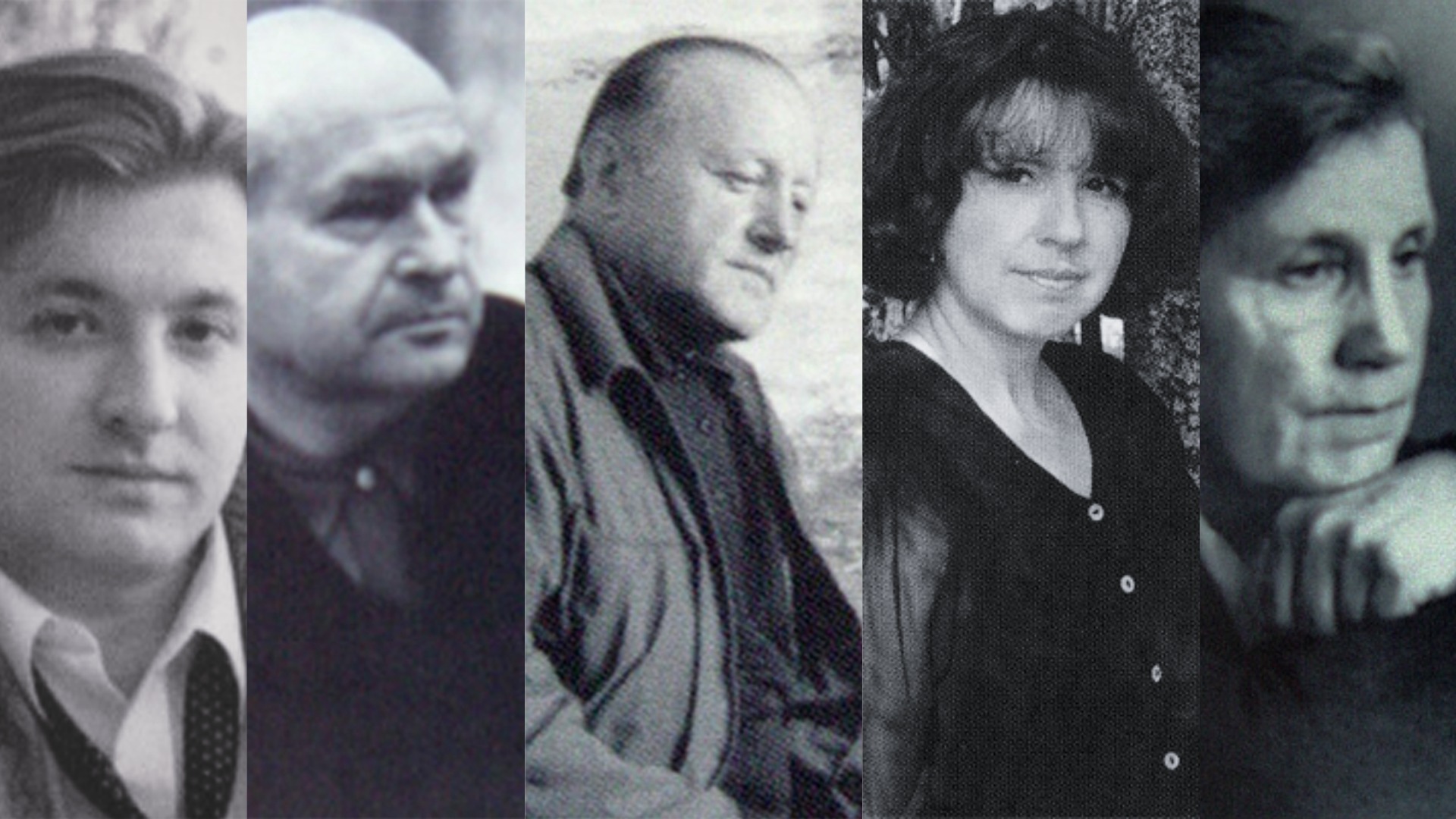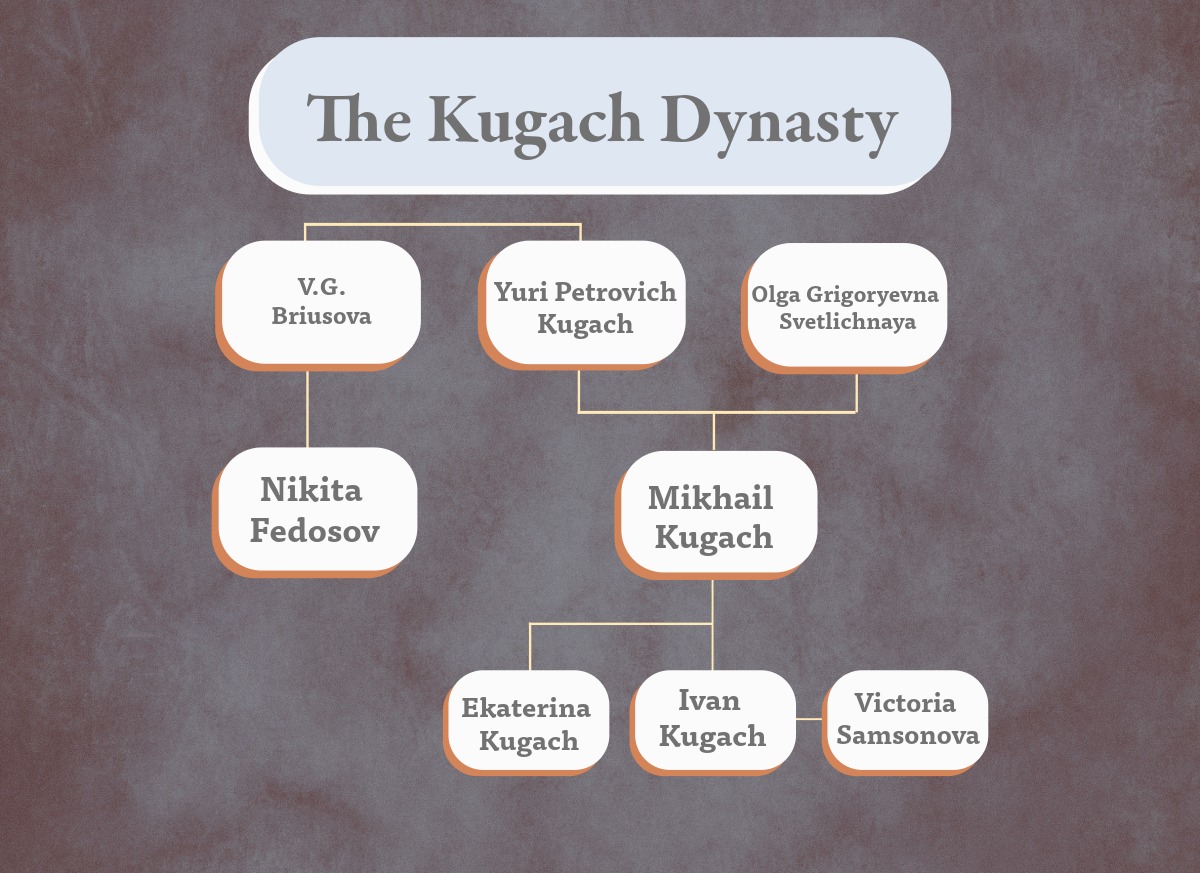The Kugach Dynasty: A Century of Russian Realism

How does an artistic tradition—a specific way of seeing, feeling, and rendering the world—survive the ideological storms and sweeping historical transformations of the 20th century? It is a rare thing for a lineage of master painters to pass its flame from one generation to the next, unbroken. The Kugach family is an excellent example of such a phenomenon, they are a golden lineage that has been central to the story of Russian Realism for nearly a century. From the state-sanctioned studios of the Soviet Union to the international galleries of today, their name has remained synonymous with a deeply authentic and technically masterful depiction of the Russian land and its people.
What's the difference between Russian Realism and Socialist Realism? While both use realistic techniques, Socialist Realism was state-mandated art meant to glorify the Communist Party. The Kugach family, by contrast, practiced a form of Russian Realism focused on poetry and the authentic, non-political life of the people.
Key Takeaways
- A Multi-Generational Dynasty: The Kugach family is a three-generation lineage of artists who have championed the Russian Realist tradition.
- Patriarch Yuri Kugach: The founder, Yuri Kugach, was one of the 20th century's most important Russian artists, helping to preserve the realist school through the Soviet era.
- Focus on Authentic Life: The dynasty's core theme is the poetic and authentic depiction of the Russian landscape and the everyday lives of its people.
- Unbroken Tradition: The family's artistic mission was solidified by WWII and maintained its integrity even under the pressures of Socialist Realism.
- Enduring Legacy: The third generation of Kugach artists, all trained at the prestigious Surikov Institute, continues to carry this artistic flame today.
The Patriarch: Yuri Kugach, The Soul of the Russian Village
Yuri Kugach (b. 1917) stood as one of the most celebrated 20th century Russian artists. Trained during the Soviet epoch at the Moscow State Academic Art Institute (later became the Surikov), he was so esteemed that one of his works would later sell for over $1 million. His story though was not one of political favor, but of an unbreakable artistic spirit nurtured under the difficult circumstances.
 "June Green" by Yuri Kugach, available for purchase
"June Green" by Yuri Kugach, available for purchase
His classical training was interrupted by the Second World War. As the Nazis marched on Moscow, the Soviet government took a measure unprecedented in history. They valued its artistic lineage so highly, they evacuated their most promising artists to Uzbekistan to protect them. Stalin, foreseeing an eventual victory after the dark times of the war, stated, "regardless of what happens after World War II, I will need the arts to bring back the morale of my people." This experience solidified Kugach's artistic mission to paint not just the rural landscape, but the very "life of the Russian people." He pursued this theme with unmatched authenticity, viewing his role not as a mere documentarian, but as a poet of the human condition.
"A real artist doesn’t paint what he sees. He paints what he wants to see. Those who want to see dirt, see dirt. For me, the main thing is poetry. This is the essence of all my work.” —Yuri Kugach
His unwavering commitment to this vision established him as a giant of 20th-century Russian art. In the 1970s, he became a founder and the first president of the Moscow River School, an institution steeped in the realist tradition, and in 1975 was elected a full member of the Academy of Arts of the USSR, cementing his legacy as a keeper of the flame.
The Matriarch: Olga Svetlechnaya (1915-1997), A Foundational Talent
When we first visited the Kugach family, our journey into the heart of this artistic lineage led to an unexpected hurdle. The family was initially hesitant to part with their finest paintings, the masterworks they held closest.
We were there to see Yuri’s work, but the family was insistent: “You must see Lichna’s paintings as well.” Olga Svetlechnaya, Yuri’s wife, was called Lichna by here close friends and family. The family agreed to sell Yuri’s work, but only on the condition that we also purchased the paintings done by his wife. They were not to be overlooked, the family insisted.
 "Landscape with Herds" by Olga Svetlechnaya, available for purchase
"Landscape with Herds" by Olga Svetlechnaya, available for purchase
This pivotal moment was more than a transaction, it was the unveiling of a hidden master within the dynasty. It underscored the depth of the family's artistic lineage and served as a poignant reminder of how often the work of brilliant female artists, even within celebrated families, remains invisible to the historical record, waiting for a moment of revelation.
Lichna’s story is deeply intertwined with Yuri's. They met as students at the Surikov Institute in the mid-1930s and were evacuated together during the war, making them partners in both life and art. Her 1969 painting "Still Life with Apples" is a quiet testament to her exceptional craft, capturing the simple beauty of everyday objects with a profound sensitivity and warmth that became a hallmark of the Kugach school.

The Bridge: Mikhail Kugach (b. 1939), Connecting Generations
As the son of Yuri Kugach and Olga Svetlechnaya, Mikhail Kugach serves as the vital link connecting the dynasty’s founders to its contemporary members. Raised among the great masters of his father's circle, he followed the family path to the Surikov Institute, where he not only succeeded brilliantly as an artist but also distinguished himself as a gifted and long-serving teacher. Like his father, he has also served as president of the Moscow River School, upholding the family’s leadership role in the realist tradition. His work is a powerful continuation of the dynasty’s core mission: depicting the authentic life of the Russian countryside.
 "The Thinker" by Mikhail Kugach, available for purchase
"The Thinker" by Mikhail Kugach, available for purchase
Paintings like "Windy Day" and "The Thinker" masterfully capture the atmosphere of the landscape and the contemplative spirit of its people. His career also demonstrates the profound integrity required to navigate the Soviet system; he was capable of producing officially sanctioned Socialist Realist works like "Gift of the Komsomelet Train" while always maintaining a personal vision that was, in the words of one observer, "completely different from the doctrinaire Soviet PR works."
The Legend: Nikita Fedosov (1939-1992), A Master of Light
A cousin of Mikhail Kugach, Nikita Fedosov is nothing short of a legend in the Russian art world. His reputation is so esteemed that a 2005 survey among Russian academics named him the single greatest landscape artist of the 20th century. Fedosov was a master of atmosphere, drawn to scenes of reduced contrast—the subtle, shifting light of early morning, evening, or an overcast day. His signature technique involved the painstaking application of tinted glazes, a method that allows an artist to "achieve colors that you cannot achieve otherwise and... very subtle transitions." This mastery was evident from the very start of his career. His graduation project at the Surikov Institute, the large canvas "At Dvina," received the highest marks, was immediately acquired for the institute's permanent collection, and drew effusive praise from his mentor P.D. Pokarzhevskii, who declared it a painting that showed "a true Russian heart."
 "Fields in the Village" by Nikita Fedosov, available for purchase
"Fields in the Village" by Nikita Fedosov, available for purchase
The New Generation: The Legacy Endures
The artistic flame now passes to a third generation: Mikhail's daughter, Ekaterina Kugach (b. 1965), who carries the family's landscape and genre traditions forward; his son, Ivan Kugach (b. 1972); and his daughter-in-law, Victoria Samsonova (b. 1975). As inheritors of the dynasty’s aesthetic, they are tasked with carrying this century-old tradition into a post-Soviet, globalized art world. In a testament to the family's deep-rooted commitment to academic excellence, all are graduates of the Surikov Institute.
Hallmarks of a Kugach painting
- A Focus on Rural Life: Look for scenes of the village, family, and the Russian countryside.
- Poetic Atmosphere: The light is often soft (morning, evening, or overcast), not harsh.
- Warm Palette: A hallmark of the school is a sensitive use of color and warmth.
- Academic Skill: The drawing, composition, and anatomy are always technically masterful, showing their Surikov training.
Ivan Kugach’s work stands as a prime example of the dynasty's modern voice. A versatile artist who excels across genres—from landscapes and complex interiors to portraits—he renders classic Russian themes with his own distinct vision. His painting "The Snow is Melting" masterfully captures the transitional atmosphere of early spring, while "The Collector" demonstrates his skill in building a narrative through a complex interior scene. His talent has earned him significant international recognition, with exhibitions in Spain and England early in his career.
Victoria Samsonova, included in the landmark Three Generations exhibition at the American University Museum, also contributes to the ongoing narrative. Her 2003 painting "Spring on the Terrace" showcases a delicate sensitivity and lyrical quality, adding another distinct voice to this remarkable family of artists.
 "Interior in the Evening" by Victoria Samsonova, available for purchase
"Interior in the Evening" by Victoria Samsonova, available for purchase
A Tradition of Truth and Beauty
Through nearly a century of revolution, war, and ideological transformation, the Kugach dynasty has stood as the tireless keepers of a sacred artistic flame. They have preserved not only the technical mastery of the great Russian Realist tradition but also its most vital element: a heartfelt sincerity. Their collective work, focused on the timeless themes of family, nature, and the quiet dignity of everyday life, represents an enduring quest for beauty in a world of constant change.
In an age of fleeting digital images, what can a century-old artistic dynasty, rooted in craftsmanship and a deep connection to place, teach us about what is truly timeless?
Frequently Asked Questions (FAQ)
Q: What is Russian Realism?
A: Russian Realism is an art movement that aims to depict subjects truthfully, without artificiality or supernatural elements. In the Kugach tradition, this means painting the authentic, everyday life of the Russian people and the beauty of the rural landscape with deep poetry and technical skill.
Q: Who was the founder of the Kugach dynasty?
A: The patriarch and founder was Yuri Kugach (b. 1917). He was a major 20th-century artist, a founder of the Moscow River School, and a full member of the Academy of Arts of the USSR.
Q: What is the Surikov Institute?
A: The Surikov Art Institute in Moscow is one of Russia's most prestigious and historic art schools. It's the modern successor to the institute where Yuri and Olga trained. The fact that all three generations of the Kugach family graduated from there shows their deep commitment to classic, academic training.
Q: Why were the artists evacuated during World War II?
A: The Soviet government, under Stalin, evacuated its most promising artists from Moscow to Uzbekistan to protect them from the approaching Nazi army. The leadership believed the arts would be vital for restoring the people's morale after the war was over.
Q: Who is considered the dynasty's master landscape painter?
A: While many in the family are exceptional, Nikita Fedosov (a cousin) is widely considered a legend. A 2005 poll of Russian academics named him the greatest Russian landscape artist of the 20th century, famed for his mastery of light and atmosphere.

